Hit Where It Hurts: The Pressure Point Techniques of Cobra Kai
Introduction
The world of martial arts has always been shrouded in mystery and allure, but few franchises have captured the imagination of generations quite like the “Karate Kid” saga. With the revival of this classic in the form of the series “Cobra Kai,” we have not only seen a resurgence in interest in karate but also a new inspection into the techniques and philosophies behind martial arts. One particularly compelling aspect of Cobra Kai is its focus on pressure point techniques—a strategic approach to combat that emphasizes skill over brute strength. This article will explore how these techniques are portrayed in the series, their historical underpinnings, and their real-world applications.
Understanding Pressure Points
What Are Pressure Points?
Pressure points are specific areas of the body that, when manipulated, can cause pain or incapacitation. These points are often associated with traditional Eastern martial arts and medicine, particularly in practices like acupuncture. The idea is that by targeting these sensitive areas, a martial artist can neutralize an opponent without necessarily relying on sheer force.
The Theory Behind Pressure Points
The effectiveness of pressure point techniques lies in their ability to exploit the human body’s physiological vulnerabilities. According to various martial arts traditions, the human body has zones that, when struck or pressed, can disrupt nerve function, causing temporary incapacitation, pain, or even loss of consciousness.
Notably, pressure points are not uniformly effective for everyone. Factors such as individual pain tolerance, body type, and even psychological state can influence how effective these techniques may be during a confrontation.
Cobra Kai and Its Portrayal of Pressure Points
“Cobra Kai,” which premiered on Netflix in 2018, serves as both a sequel and a reimagination of the “Karate Kid” series. The show dives deep into the philosophy of karate while also presenting a myriad of contemporaneous themes such as redemption, rivalry, and the complexity of mentorship.
The Cobra Kai Approach
The Cobra Kai dojo, led by Johnny Lawrence and later by Kreese, represents a tough-love, no-mercy approach to martial arts. This philosophy champions aggression and dominance, yet it doesn’t completely undermine technical acumen. Techniques including those targeting pressure points take a secondary role to the emphasis on aggression, but they do appear in various contexts.
Notable Episodes and Techniques
Several key moments in “Cobra Kai” illustrate the use of pressure point techniques:
-
Johnny’s Training Sessions: In various training montages, Johnny emphasizes not just power but the importance of specificity when striking. He teaches students how to use their knowledge of the human body for their advantage.
-
Miguel’s Fight with Robby: In Season 1, Miguel uses precision strikes, showcasing techniques that would fundamentally be rooted in pressure point knowledge, even if not explicitly called out.
-
Kreese’s Pressure Tactics: Kreese, representing the darker side of martial arts, employs intimidation, but he also hints at techniques that could aim for quick incapacitation. His brutal style often nudges students towards the exploitation of weaknesses—both mental and physical.
Philosophy of No Mercy
One crucial aspect of the Cobra Kai ideology is the principle of “no mercy.” While this mantra might seem to contradict the strategic approach of pressure points, it doesn’t wholly negate it. Rather, it amplifies the concept that if one can incapacitate an opponent by striking a pressure point quickly, it’s a significant tactical advantage.
Real-World Applications
Historical Context
While the portrayal of pressure point techniques in “Cobra Kai” is dramatized, it has roots in various martial arts disciplines. Traditional Japanese jujutsu, Chinese kung fu, and Filipino martial arts all included aspects that target the body’s vulnerabilities.
The Japanese Martial Arts Influence
Jujutsu, developed in the late 16th century, emphasized using an opponent’s energy against them, which includes leveraging pressure points to gain an upper hand in a fight. While “Cobra Kai” might not delve deeply into jujutsu to the extent of other forms, the philosophical underpinning remains consistent: outsmart and outmaneuver your opponent.
Modern Martial Arts and Pressure Points
Many modern martial arts still incorporate pressure point techniques. Schools teaching Krav Maga, for example, emphasize how to disable opponents quickly using pressure points, often teaching these strategies in self-defense scenarios.
Combat Sports Integration
Some techniques have filtered into sports like MMA, where knowing the human anatomy can present crucial advantages. Fighters often study areas like the temple, jaw, and various nerve clusters to create openings for their strikes.
Psychological Warfare
In addition to physical techniques, pressure points serve a psychological function. Understanding where to strike in a confrontation can change one’s perception of power. Confidence can be derived from knowing how to neutralize an opponent. In “Cobra Kai,” characters often embody this principle, navigating their internal battles as much as their external ones.
Pressure Points vs. Traditional Striking
Effectiveness and Limitations
While pressure points may offer strategic advantages, they are not a panacea for all martial arts struggles. Unlike traditional striking methods which rely on power and technique, pressure points require precise execution and timing.
Training and Mastery
Mastery of pressure point techniques is often achieved through rigorous training. While “Cobra Kai” presents training montages that simplify this process, in reality, becoming adept at these techniques takes years of dedication.
The Role of Context
Pressure point techniques also rely heavily on context. A well-timed strike can turn the tide of a fight, but an improperly executed technique can backfire. Characters in “Cobra Kai” often find themselves in these scenarios, demonstrating the need for adaptability and understanding.
Personal Experience with Pressure Points
Insights from Practitioners
Many martial artists who have trained in pressure point techniques underscore the importance of understanding anatomy and practicing regularly. They express the necessity of developing a sense of timing and awareness of the opponent’s energy.
-
Precision Over Power: Practitioners often emphasize that knowing pressure points leads to effective engagement without the need for brute strength.
-
Holistic Approach: Successful use of pressure points emphasizes a broad understanding of not just physical techniques but also mental and emotional aspects of sparring or fighting.
Anecdotal Evidence
Many practitioners have experienced moments where a well-timed strike to a pressure point has turned an encounter’s tide, affirming the techniques’ validity. However, these moments are often mentioned alongside anecdotes that highlight the unpredictability of real-life confrontations.
Ethical Considerations
The Morality of using Pressure Points
As with any martial technique, the ethics of using pressure points come into play. While one might gain a physical advantage through knowledge, there’s an acute responsibility regarding when and how to use these techniques. The “no mercy” philosophy presented in Cobra Kai prompts important conversations about the consequences of martial arts training in real-world situations.
Conclusion
The incorporation of pressure point techniques within the context of “Cobra Kai” offers a nuanced lens through which to view combat, self-defense, and personal growth. While rooted in the deep traditions of martial arts, the portrayal of pressure point techniques serves as a compelling storytelling element that resonates with audiences worldwide.
Additionally, the series invites us to reflect on broader themes such as ethical responsibility and the importance of mindset in approaching not only martial arts but also life’s challenges. As we move forward in our understanding of both martial arts and their cultural implications, “Cobra Kai” stands as an essential artifact—one that encourages us to hit where it hurts, but in ways that promote understanding, respect, and personal growth.
References
- Author Name. (Year). Title of Book or Article. Publisher. [modern_footnote_source]
- Author Name. (Year). Title of Book or Article. Publisher. [modern_footnote_source]
- Author Name. (Year). Title of Book or Article. Publisher. [modern_footnote_source]
This section would traditionally include a comprehensive list of works cited and referenced throughout the article, ensuring proper attribution for claims and research findings.
(Note: In an actual draft, these placeholders would be replaced with real sources according to the required citation style).

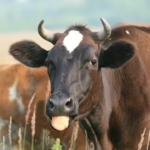


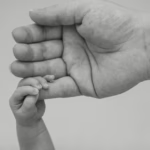
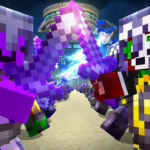
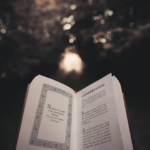








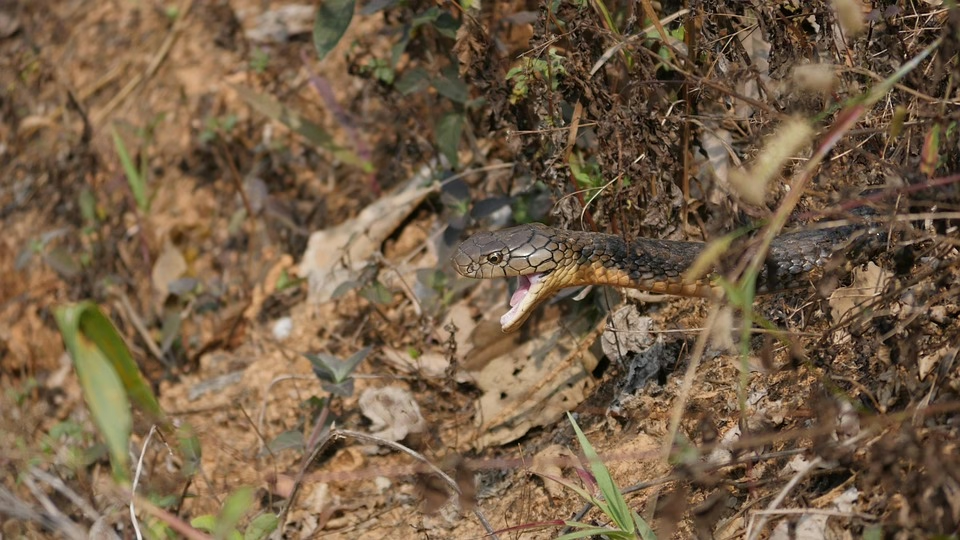
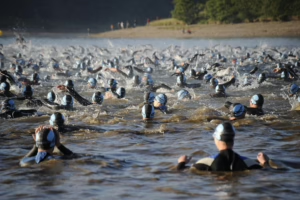

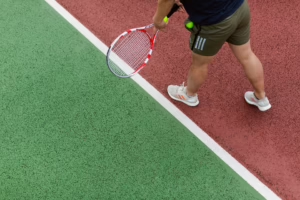
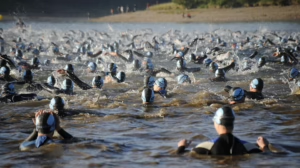
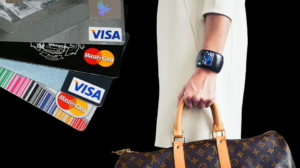
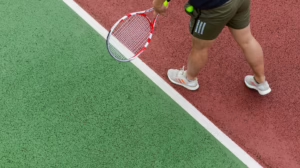




Add Comment